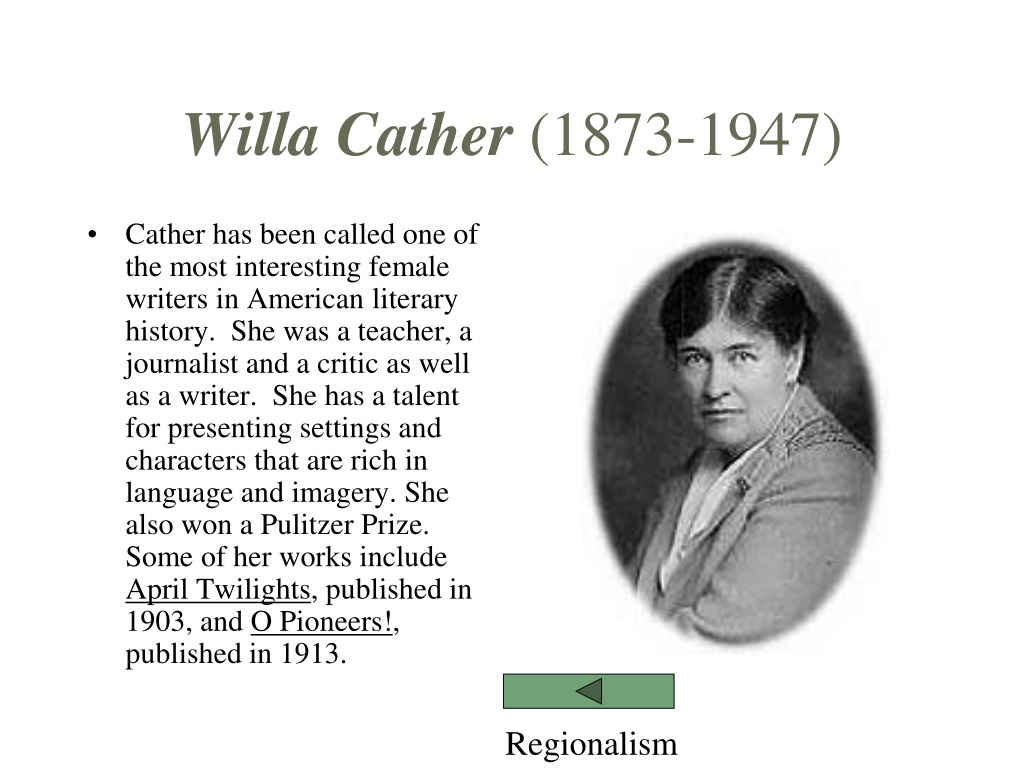
Drawing from the theories of Jean-Luc Nancy, I advance the notion capitalist society produced the ideal of community rather than destroying the real thing. This emphasis is itself rooted in man’s fundamental interaction with nature: the land, climate, flora and fauna, and the physical environment.ĭespite its apparent nostalgia for the village ideal, America's literary modernism largely dispels the romantic antagonism between small-town community and mass society. What distinguishes regionalism from these other efforts at self-understanding is its focus on locating oneself in the space lived in, inhabited, made home, or traveled through. Once viewed as a reaction against the forces of modernism, it has emerged in a globalized world as a repackaged, more-aggressive endeavor to make a claim for the role of place and space-as opposed to gender, race, ethnicity, class, demography, or other cultural or physical distinctions- in the effort to understand ourselves and what it means to be human. In November 2003 nearly 150 poets, writers, geographers, musicologists, literary critics, and historians of all fields-from agriculture and architecture to women and immigration-gathered in Lincoln, Nebraska, at a national conference of the Consortium of Regional Humanities Centers to explore the general theme of “Regionalism and the Humanities.” The papers in this volume reflect the general perception shared by most of the humanists at the conference: in a modern world increasingly homogenized and standardized by the forces of globalization, the regionalist impulse is still very much alive. As Andrea Gabor explains, in the post-Civil War period: America overcame its democratic ambivalence to public sculptureIn the aftermath of the war, scores of towns and cities throughout the North, enjoying the fruits of victory and prosperity, rushed to erect sculptures that would commemorate their local heroes (Gabor 1997, 100). This urge was a predominant one in Cather's time. The urge to memorialise the departed is a universal one, transcending time and place. Defying mortal times, a graveyard is an attempt to preserve memory, an attempt to idealize the essence of a deceased individual by the survivors.

In fact, the graveyard is a constant presence in her corpus even when it is not explicitly named.

The graveyard is used by Cather both literally and metaphorically to describe the landscape and the characters she presents in her oeuvre. As a result, the graveyard, the most concrete emblem of death, becomes the most expressive motif in the American writer's narratives. The shadow of death looms large over the fictional universe of Pulitzer Prize winner Willa Cather1 (1873-1947).


 0 kommentar(er)
0 kommentar(er)
